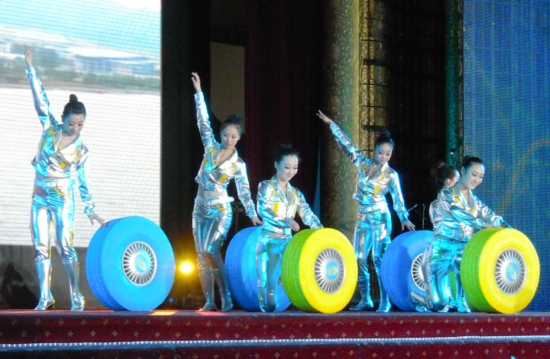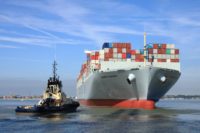Russia: Chinese, Korean tyre brands sanctions winners
 Russian tyre dealers have observed an “influx of little-known brands from China” (Photo: Tyrepress / Stephen Goodchild)
Russian tyre dealers have observed an “influx of little-known brands from China” (Photo: Tyrepress / Stephen Goodchild)
Quoting data from national product labelling and traceability system Chestny Znak, daily newspaper Kommersant reports that Russian motorists purchased 16 per cent fewer tyres through retail channels in Q1 2023. Sales volumes between 1 January and 31 march amounted to 3.2 million units, down from 3.8 million a year earlier. Measured monetarily, sales during the quarter dropped 42 per cent to 14 billion roubles (£136.9 million), reflecting the growing popularity of lower-priced products.
“Russian car owners, instead of the usual brands, have discovered new tyre brands that are ready to offer budget, but high-quality options,” Alexander Kuroptev, head of Automotive Parts & Accessories at Avito, Russia’s most popular classifieds website, told Komersant. As an example he points to Chinese tyre brand Triangle, which appears as a summer tyre sales leader for the first time after sales of Triangle tyres via Avito increased by 2.6 times over the year.
European tyre brands are now said to account for no more than ten per cent of tyre imports into Russia. The gap they’ve left since February 2022 has been filled to a notable extent with products from China and South Korea.
Chinese, Korean imports up to 90% of total
According to trade association the Union of Automotive Service Providers, China produces around half the tyres now imported into Russia, up from 28 per cent in 2021. Commenting on this development, Russia’s Tire Manufacturers Association says tyre dealers have observed an “influx of little-known brands from China.” Korean brands, just 16 per cent of imports in 2021, now account for 30 to 40 per cent of tyre imports.
“There are dozens of Chinese manufacturers which we have not heard of and the quality of their products cannot be assessed – previously they were not sold in Russia,” Anton Naumov, a member of the Union of Car Services, told News.ru. “The market is also saturated with Korean tyres, for example Nexen and Kumho. But their coverage is only complete for the medium car segment.”
Grey market European tyres available – at a price
While Naumov reports that prices in Russia for medium-sized (B-segment) car tyres have increased by about 30 per cent, the cost of European tyre brands that now arrive in Russia as parallel imports have doubled within a year. At any rate, increases are higher than the average 23.5 per cent rise in retail prices that the state statistics service Rosstat reported for 2022.
“A customer now has two options if he wants to buy high-priced A-segment tyres from a European brand,” Naumov continues. “First, if the customer is lucky, the distributor still has the right size from last year. The second is to use the services of grey dealers who bring in the departed brands through parallel imports. In this case, the price tag will be twice the market price from before the sanctions.”
Although Naumov emphasises that purchasers of such parallel imported tyres are “not provided with an official guarantee,” he nonetheless states that motorists finding European tyres in the correct required size should buy them. Naumov explains that although some European firms – such as Nokian Tyres – left tyre moulds behind when selling factories in Russia, tread pattern only accounts for “about ten per cent of the tyre’s performance.” The remaining 90 per cent is provided by the rubber compound, which was previously mixed from imported raw materials and won’t be present in new, Russian production.


 GB Tyres
GB Tyres

Comments